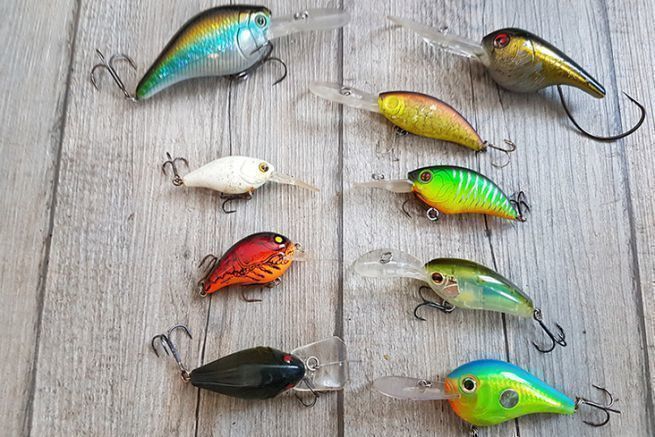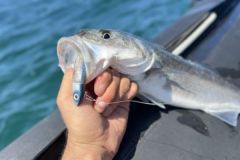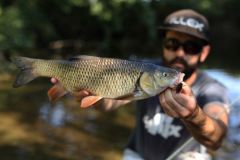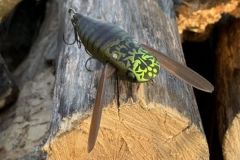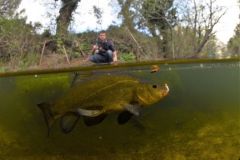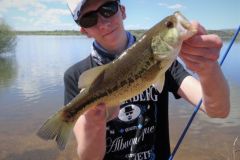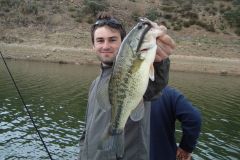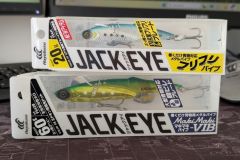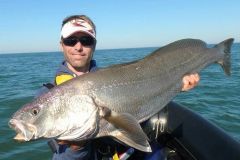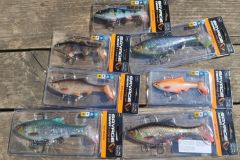Adapting to the environment
The first thing to do before choosing a lure is to observe the color of the water, if it is loaded with particles or if the visibility is clear. The rule that brings in the most fish is to try to find a lure that is as close as possible to the prey present on the spot. You have to keep questioning yourself, because the color of the day is not necessarily the one that will work the next day.
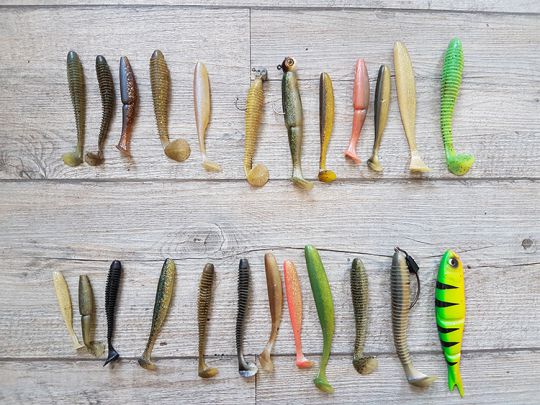
Natural and imitation colors are among my first choices, but when the waters are really chewed up, I sometimes use flashy colors to be visible to the carnivores.
The black is also an excellent color in murky water and during tadpole season, which perch love. Brown also works very well in muddy waters. You can also play with the contrasts the color of the prey is very important, since in nature prey are rarely of one color! This allows to gain in realism and to be easily spotted by a predator.
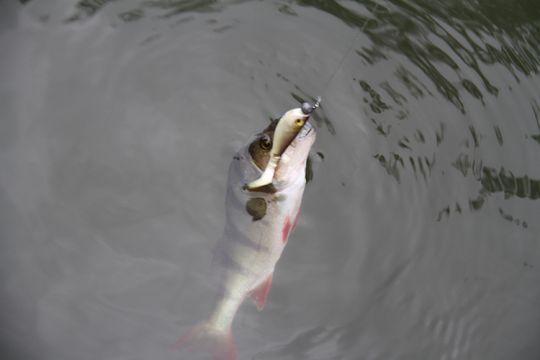
The perception of colors underwater
Colors are not perceived in the same way underwater, they lose intensity with the depth that attenuate the light spectrum.
Paradoxically, in depth a lure of the same color as the water, blue and green are visible at more than 40 meters below the surface. While the red one is the first color to lose intensity, from 1 meter depth, to totally fade away when we go beyond 5 meters depth. Then, it is the color orange which dissipates at a depth of about 20 meters compared to about 30 meters for the purple .
This data varies depending on the amount of particles suspended in the water, its color, the nature of the bottom and the ambient light.

 /
/ 